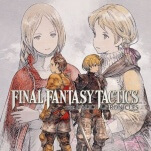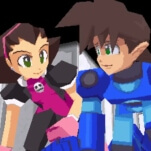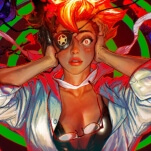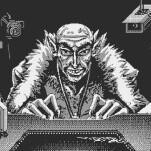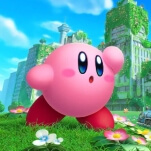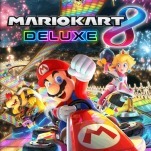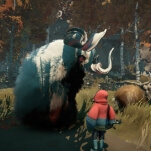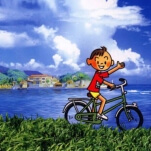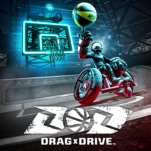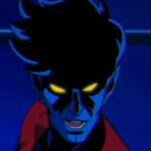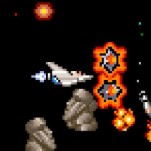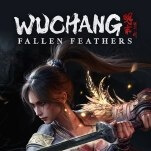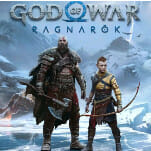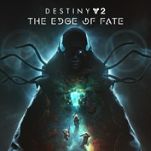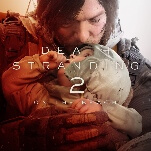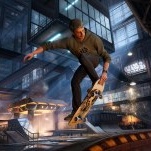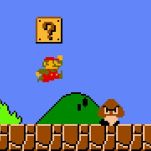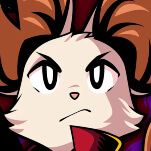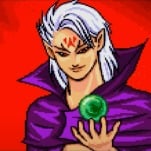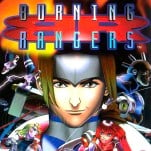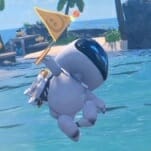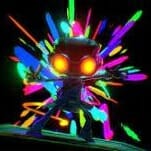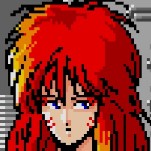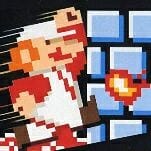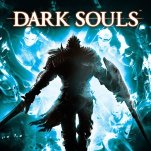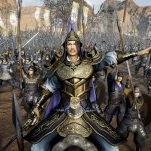The 25 Best NES Games on Nintendo Switch Online

With the Switch Nintendo finally makes you pay to play online. You have to subscribe to Nintendo Switch Online to play online multiplayer, save your games to the cloud, or voice chat with other players. It’s the same type of model Microsoft and Sony have followed for almost two decades, but that Nintendo—always leery of online play to begin with—long resisted.
Here’s the thing about Nintendo Switch Online, though: I don’t even play games online, and I’ve still happily subscribed since it launched in 2018. That’s because, in addition to its online features, it also includes a library of the greatest videogames ever made. If you subscribe to Nintendo Switch Online, you also get access to dozens of classic games from the NES, SNES, Game Boy, and Game Boy Color. (For an extra monthly fee you can also subscribe to the Expansion Pack, which includes a selection of Nintendo 64, Game Boy Advance, and Sega Genesis games.) A standard Switch Online subscription turns the console into a portable library of the best games to grace Nintendo systems from the mid ‘80s through the‘90s, which, at the price of $20 a year, makes Nintendo Switch Online both one hell of a bargain and a big step up from Nintendo’s old Virtual Console, which charged per game.
Nintendo’s not being precious or overly protective of its games, here—it’s basically turned some of its biggest and most important games, ones that it’s always tried to tightly control access to, into toss-ins for an online games service. As somebody who spent hundreds of dollars rebuying old guys on the Wii’s Virtual Console, I like that, a lot. There are 89 NES games currently available on the service in North America, and although they aren’t all winners, the list includes some of the greatest videogames ever made. Our picks for the 25 best represent a sterling overview of ‘80s and early ‘90s gaming history, and are worth the $20 a year fee on their own. And there are over 60 more NES games in the full lineup, along with over 70 SNES games and over 30 Game Boy games.
Here are the 25 best NES games you can play through Nintendo Switch Online.—Garrett Martin
The most fanciful thing about Tecmo’s brutal puzzler, where you play a wizard who can create or destroy blocks in midair in order to avoid deadly floating faces and rescue magical fairies, is that your wizard’s name is Dana. That’s like playing a Conan-style barbarian named Blair. Huge in Japan and released early enough in America to make a solid impression, Solomon’s Key wasn’t content to merely tease brains—it basically ripped them right out of the skull and spiked them on the ground like an end zone celebration.—Garrett Martin
This game is a synthesis of film noir, midnight movies, racing, action platforming, and first-person shooting. It might be one of the weirdest games for this system, and it looks beautiful on top of that. It’s like if John Carpenter made a videogame. —Cameron Kunzelman
Dr. Mario emerged as an impressive challenger to the falling-block Tetris throne, providing an even simpler take on the concept by using a set of capsules as a match-three mechanism. The result was endless hours of high-paced fun, and today Dr. Mario is still available to play on multiple platforms, even appearing as a mini-game in the Brain Age games. —Holly Green
Sure, the unquestioned champ of the NES Sports Series is repetitive, but Pro Wrestling was groundbreaking in its day. With a roster of grapplers with defined characters and subtly different movesets, and the ability to fight outside the ring and even do dives, it resembled real pro wrestling more than many games that came afterward.—Garrett Martin
Dodge ball isn’t a real sport, and Super Dodge Ball isn’t really a sports game. Yes, there are teams, and a ball, and occasional dodging, but there are also reality-warping ball throwing techniques that aren’t too far off from a Final Fantasy spell. There’s a reason this game keeps getting rereleased through every version of the Virtual Console—it’s so well-designed that even its flaws, like extreme flickering and stuttering, play into its strategies.—Garrett Martin
Parts of this game are great. It certainly deserves respect for its unique and envelope-pushing design decisions, like how it bounces between scrolling platforming and room-based dungeon crawling. It’s not necessarily a fun game to play, which is why it’s not higher on this list, but it’s still a game that should be played, at least once.—Garrett Martin
Startropics is hands down the best game where you pilot a one-man submersible and fight snakes with a yo-yo. With a lovely setting and quirky characters, it proved that there was plenty of room to take the Zelda formula in different directions.—Nate Ewert-Krocker
Released around the same time as Zelda II, Rygar features a similar blend of top-down overworld navigation, side-scrolling dungeons and non-linear progression. Except Rygar lets you throw a spiked shield on a chain, which is metal as hell.—Nate Ewert-Krocker
 17. Zelda II: The Adventure of Link
17. Zelda II: The Adventure of Link
The second Zelda games remain the biggest anomaly in the series. It leans more heavily into traditional role-playing game turf—you actually have to collect experience points and level Link up throughout the game, the kind of overtly numbers-based style of progression typically seen in RPGs but never seen in a main Zelda game again. Its oddity isn’t a detriment, though; it stands out not just among the Zelda series, but among other action-adventures released for the NES back at the time.—Garrett Martin
If you wanted to race remote-controlled cars in the 80s, you could have raced remote-controlled cars… or played this riotous two-player game from Rare. Harder to replicate in real life were the miniature weapons and tiny oil slicks. A simple concept but unadulterated joy. —Jon Irwin
One of the toughest side-scrolling games of its era, Gradius was originally released in arcades in 1985 and later spawned several home console sequels, as well as helped inspire generations of space games down the line. Some of the conventions established or reinforced by Gradius, like the power-up system, are used in videogames to this day. —Holly Green
-

-

-

-

-

-

-

-

-

-

-

-

-

-

-

-

-

-

-

-

-

-

-

-

-

-

-

-

-

-

-

-

-

-

-

-

-

-

-

-


-thumb-80x109-559191.jpg)
























